
Adenosine Deaminase (ADA)
Inquiry Now
ALAT / GPT
Inquiry Now
Albumin
Inquiry Now
Alkaline Phosphatase
Inquiry Now
Alpha Amylase
Inquiry Now
Ammonia
Inquiry Now
Angiotensin Converting Enzyme (ACE)
Inquiry Now
ASAT / GOT
Inquiry Now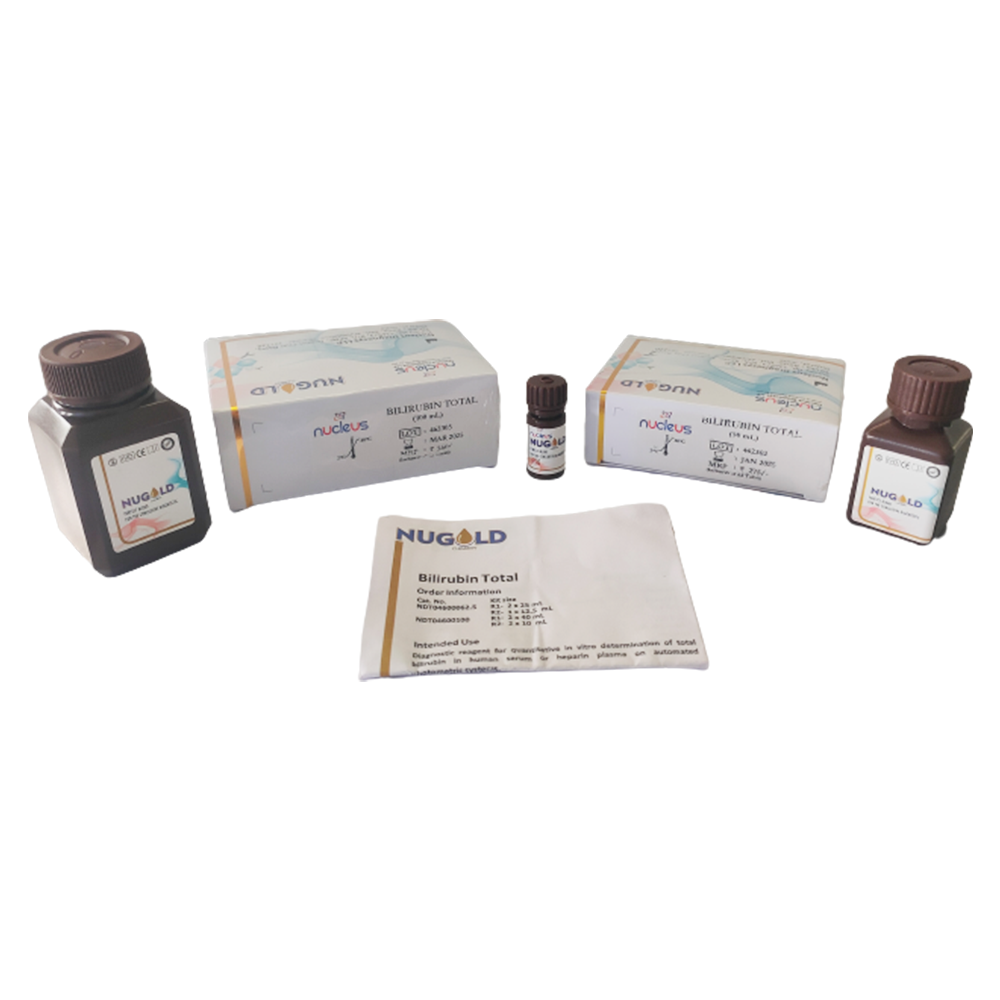
Bilirubin Total
Inquiry Now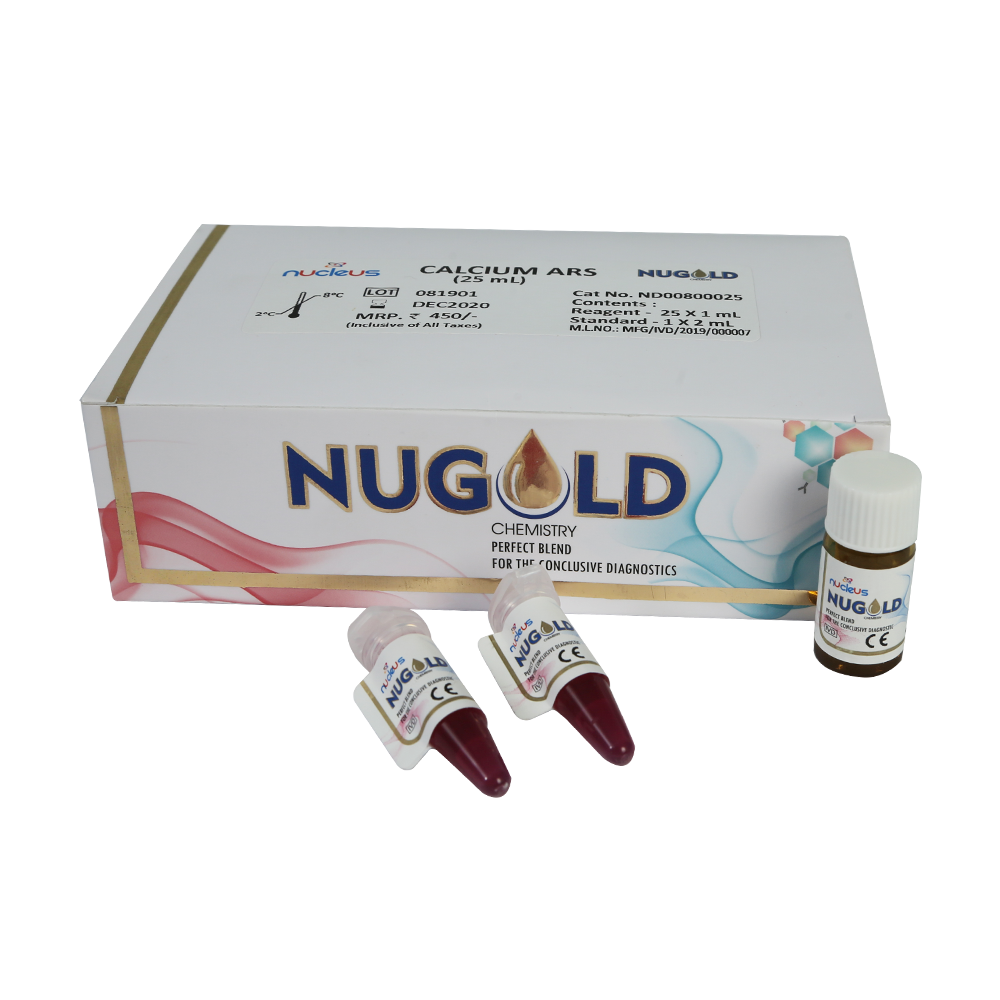
Calcium A – III
Inquiry Now
Chloride
Inquiry Now
Cholinesterase
Inquiry Now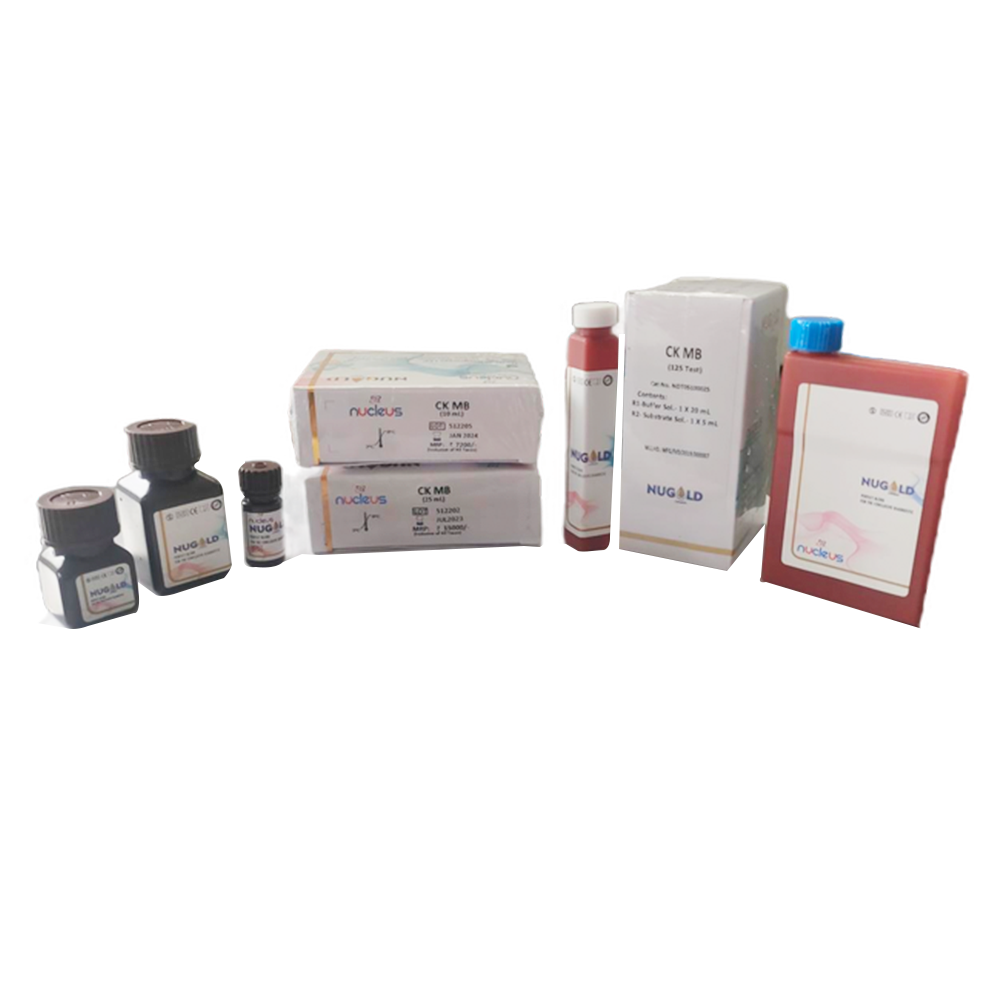
Creatine Kinase (CK MB)
Inquiry Now
Creatine Kinase (CK – NAC)
Inquiry Now
Creatinine Enzymatic
Inquiry Now
Creatinine Jaffe
Inquiry Now
Gamma – Glutamyl Transferase (Gamma GT)
Inquiry Now
Glucose
Inquiry Now
Glucose – 6 – phosphate dehydrogenase (G-6-PDH)
Inquiry Now
HDL Cholesterol Direct
Inquiry Now
Homocysteine
Inquiry Now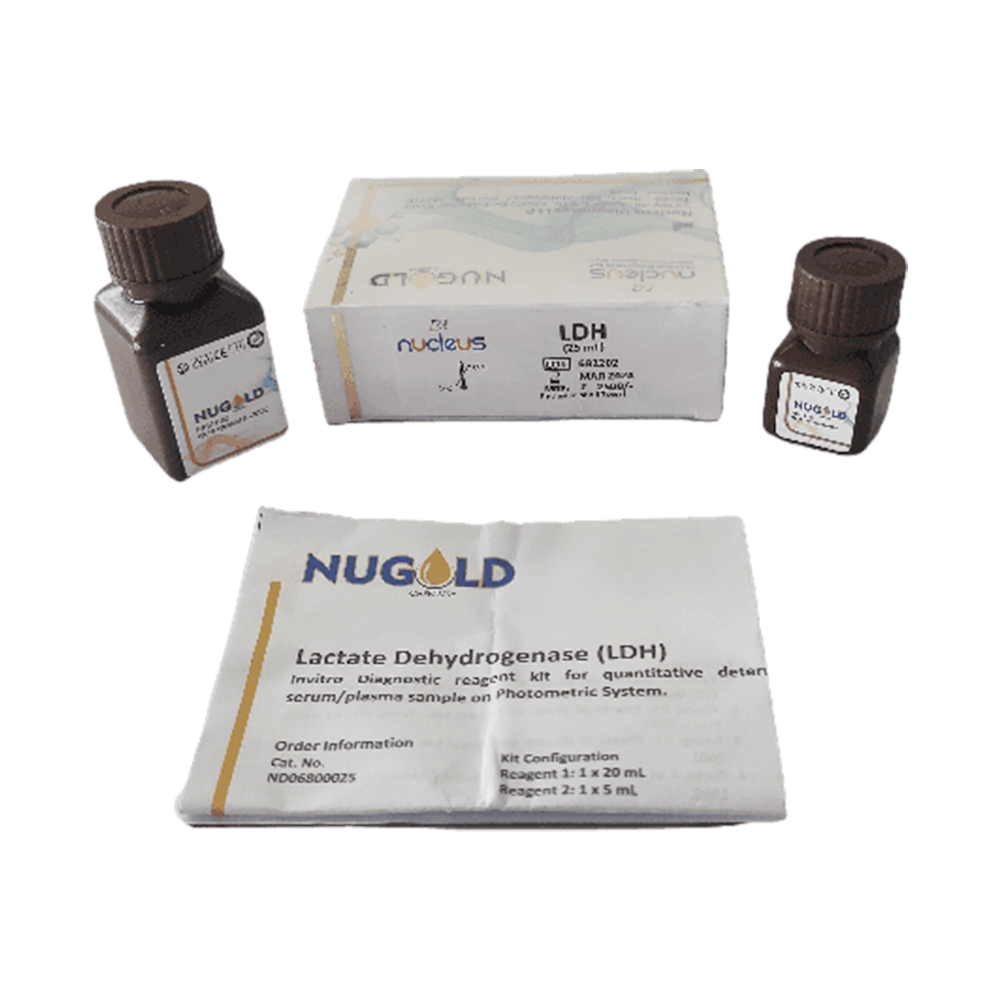
Lactate Dehydrogenase (LDH)
Inquiry Now
LDL Cholesterol Direct
Inquiry Now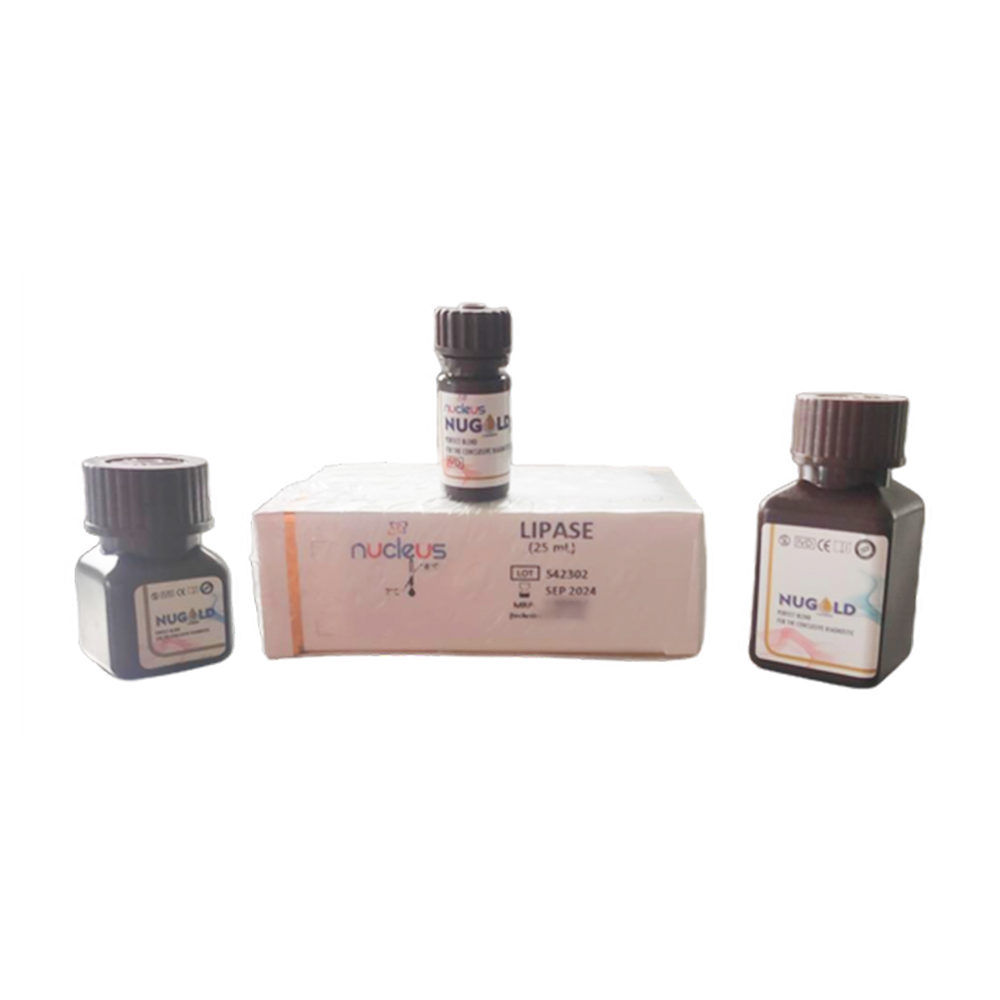
Lipase
Inquiry Now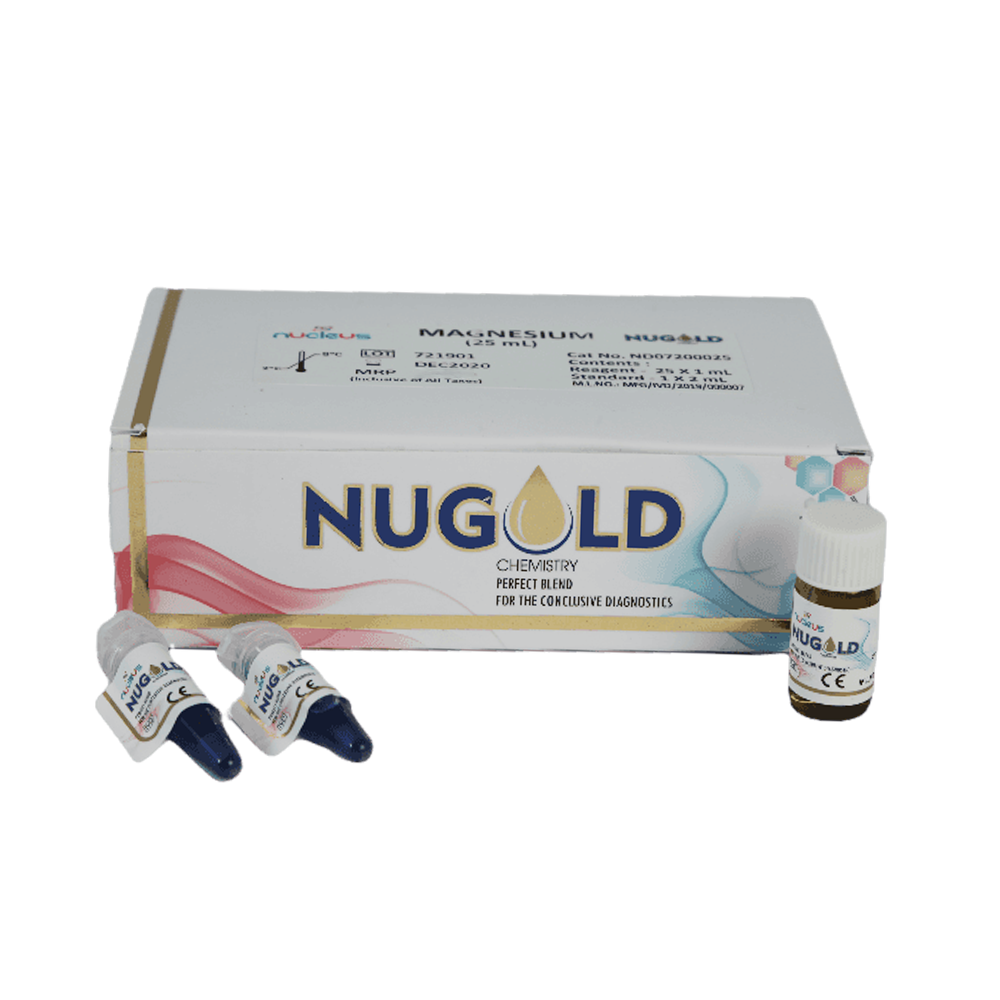
Magnesium
Inquiry Now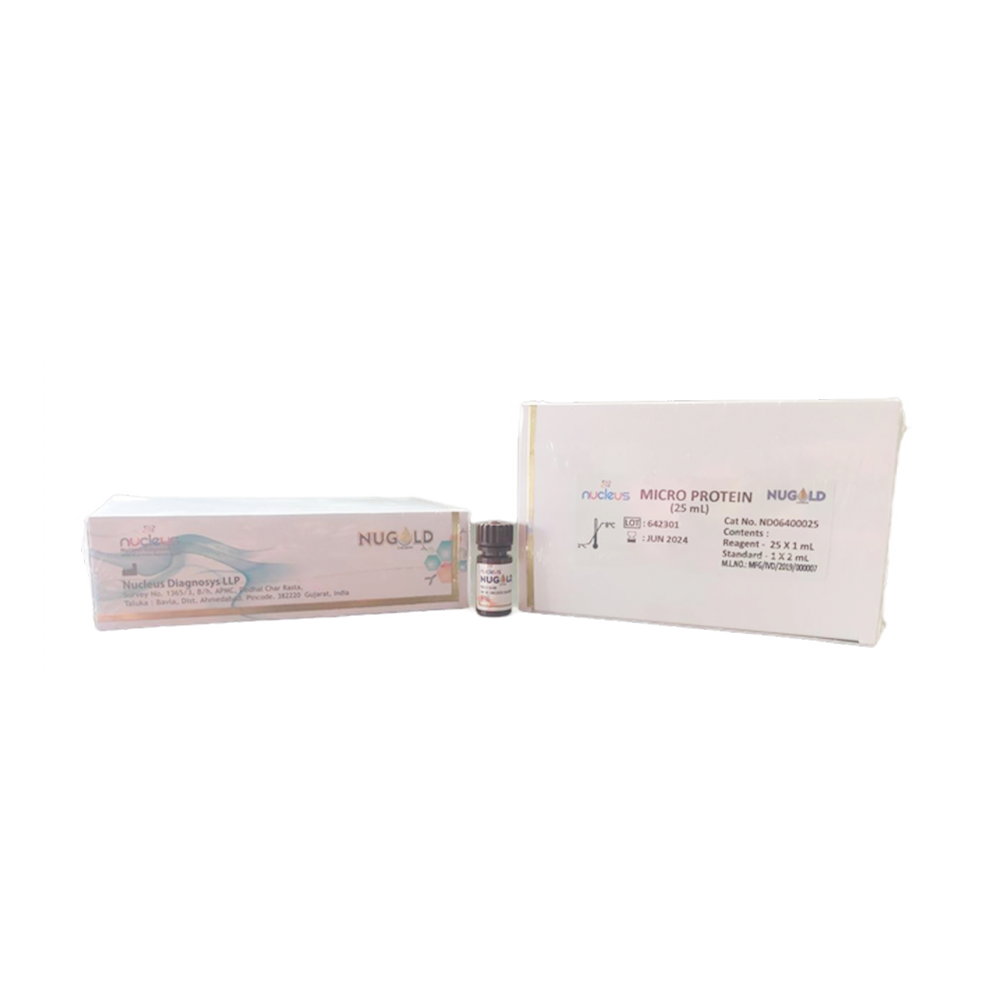
Micro Protein
Inquiry Now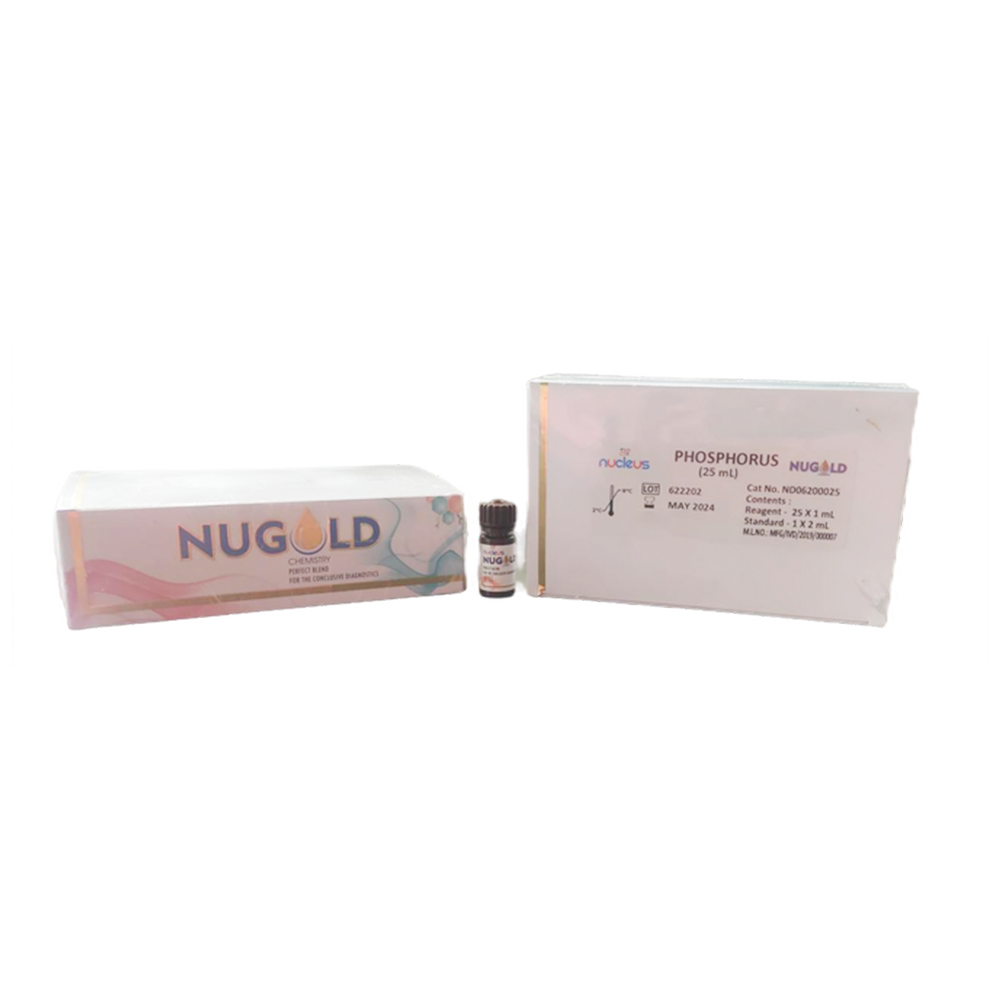
Phosphorus
Inquiry Now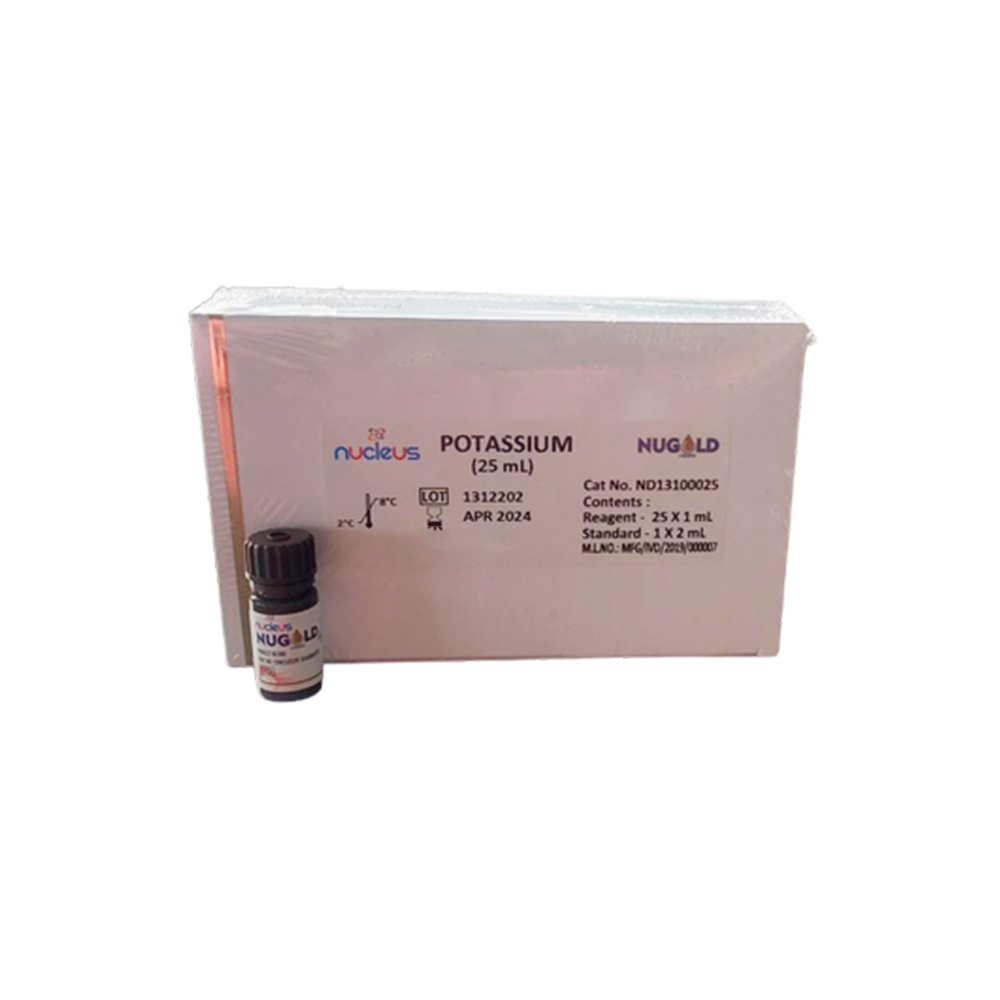
Potassium
Inquiry Now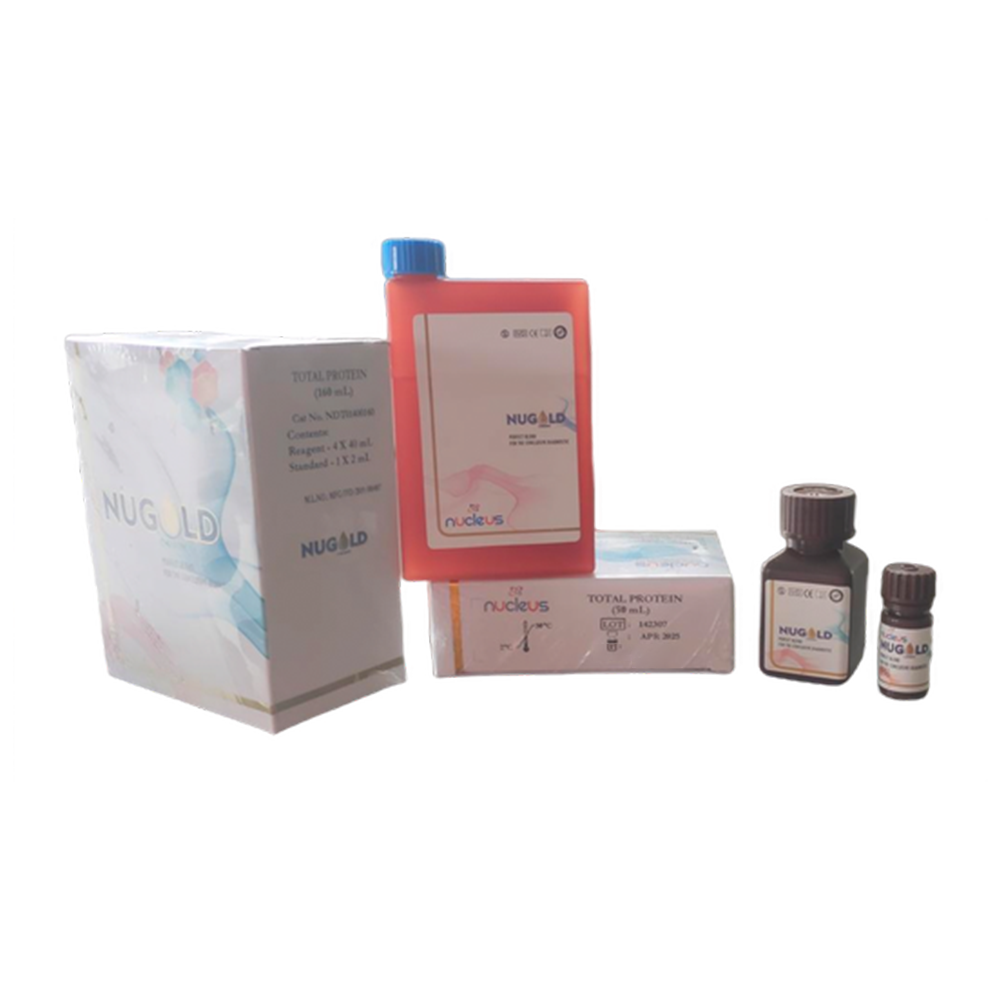
Total Protein
Inquiry Now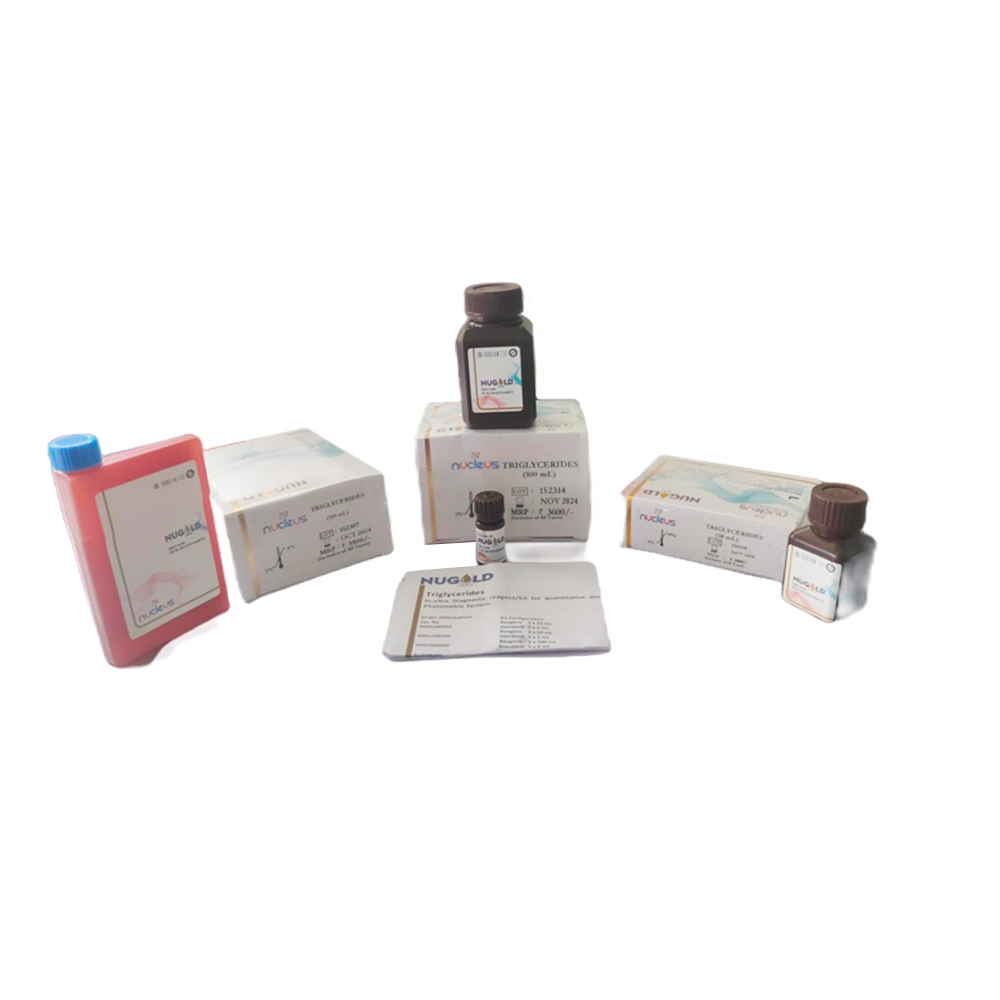
Triglycerides
Inquiry Now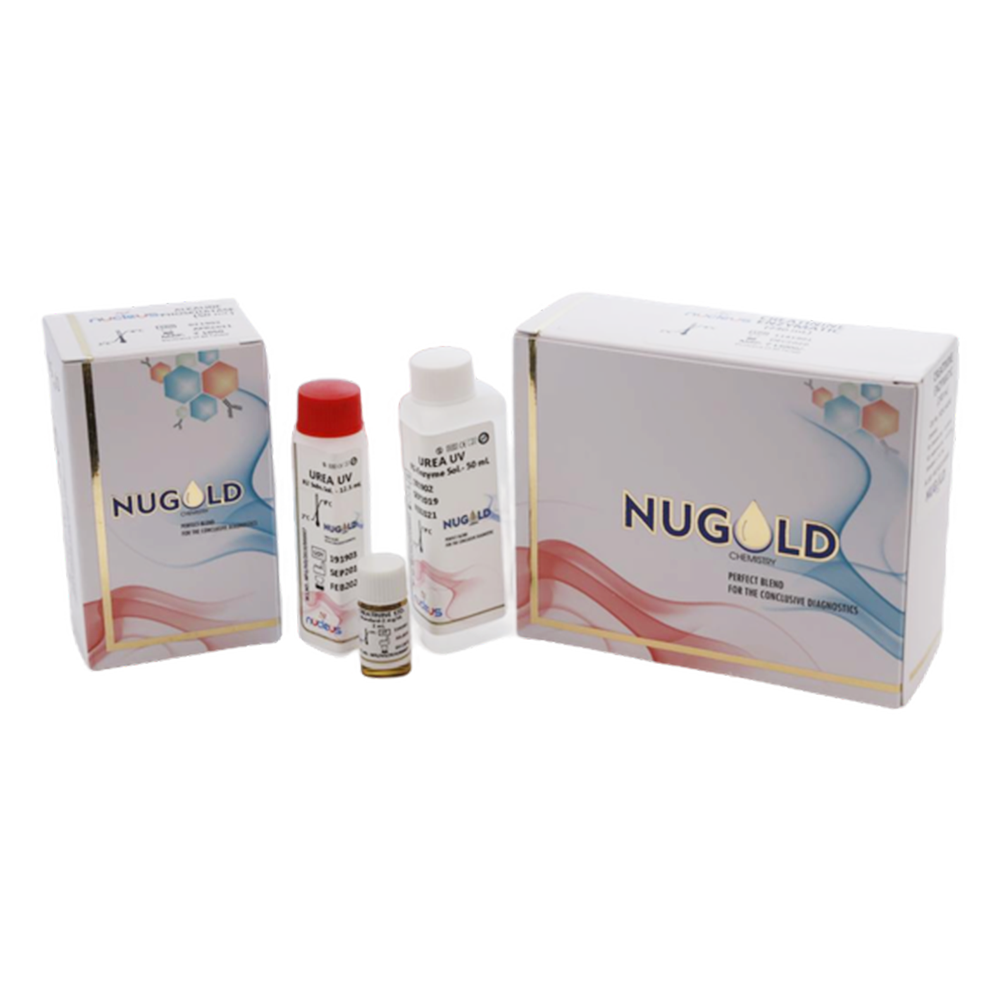
Urea UV
Inquiry Now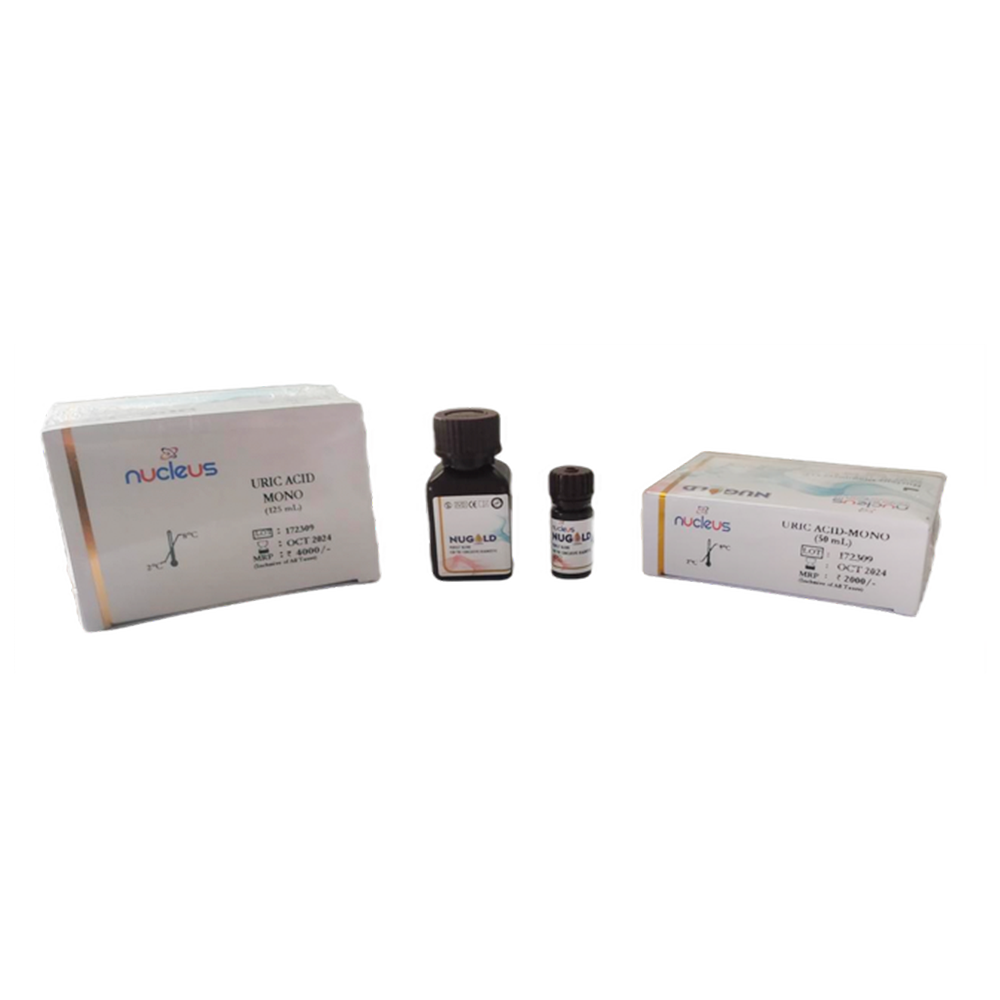
Uric Acid - Mono
Inquiry Now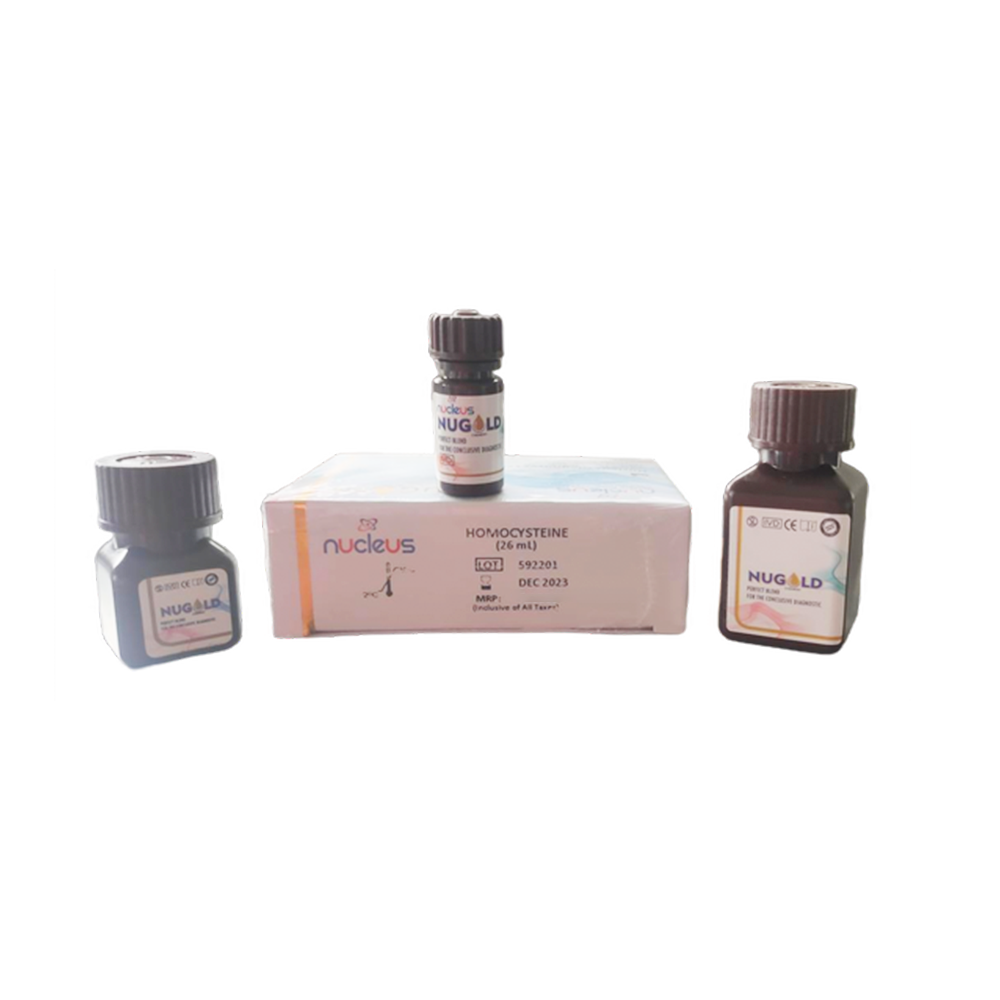
ß-Hydroxybutyrate
Inquiry NowRelated Products
-
ACE Calibrator
-
ACE Control L1
-
ACE Control L2
-
ACE With Calibrator
-
ACE Without Calibrator
-
ADA Calibrator
-
ADA Control L1
-
ADA Control L2
-
APTT
-
Anti- cyclic citrullinated peptide (Anti – CCP)
-
BETA- Hydroxybutyrte Calibrator
-
BETA- Hydroxybutyrte With Calibrator
-
BETA- Hydroxybutyrte Without Calibrator
-
Bilirubin
-
Bilirubin Direct
-
Calcium (OCPC)
-
Cholinestrse Without Calibrator
-
CO2 (Bicarbonate)
-
Copper
-
Cholesterol
-
Creatinine (Modified Jaffe)
-
Cystatin C
-
G6PDH With Control
-
HDL Cholesterol Direct With Calibrator
-
HDL Cholesterol Direct Without Cal
-
HDL Cholesterol Precipitating Reagent
-
Hemoglobin
-
Homocysteine Calibrator
-
Homocyysteine With Calibrator
-
Homocyysteine Without Calibrator
-
Ig E (LETIA)
-
Iron
-
LDH
-
LDH Cholesterol Direct With Cal
-
LDH Cholesterol Direct Without Calibrator
-
LDL/HDL Calibrator
-
Lipase With Calibrator
-
Lipase Without Calibrator
-
Microprotein
-
Prothrombin Time
-
Sodium
-
TIBC
-
Triglycerides
-
UBIC
-
Urea Berthelot
-
Uric Acid
-
Zinc
